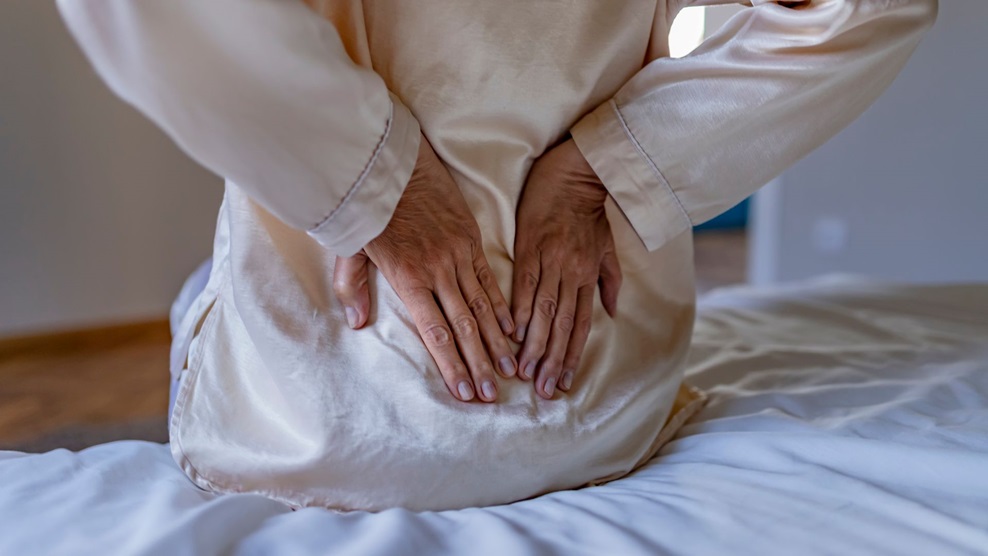The Impact of Golf on Lower Back Pain: Exploring the Causes and Solutions

Playing golf can provide relaxation and exercise, as well as an opportunity to network with friends, family, and colleagues. However, some enthusiasts may find themselves experiencing low back pain after a round of golf. This type of pain is common among avid golfers and can be caused by a variety of factors, including improper swing technique, poor form, and weak core muscles. In this article, we’ll explore possible causes and how to address them to keep enjoying the greens without discomfort.
The Causes of Low Back Pain
1.Swing Mechanics and Posture
One of the primary culprits behind low back pain in golfers is improper swing mechanics or poor posture during the swing. When the spine isn’t aligned correctly, it can place increased stress on the muscles, ligaments, and joints of the lower back, leading to pain. If you’re experiencing persistent discomfort, consider booking an appointment with pain specialists in Chicago for guidance on better posture and technique. They can also help you identify and correct any issues that may be exacerbating your pain.
2. Overextension and Strain
Repetitive motions, like the constant swinging of a golf club, can overwork the lower back muscles, causing strains and discomfort. Additionally, overextending during the backswing can lead to muscle imbalances and put excess strain on the lower back. Incorporate stretching and strengthening exercises targeting the lower back and core muscles to improve stability and reduce injury risk.
3. Underlying Conditions
For some individuals, low back pain after golfing might be more than just a result of poor mechanics or muscle strain. Underlying conditions, such as radiculopathy, can cause pain and discomfort to radiate from the spine to other areas of the body. If rest, exercise, and technique adjustments don’t provide relief, consult with a medical professional to rule out more serious conditions.
Prevention and Treatment
To help prevent or alleviate low back pain, consider the following tips:
1. Warm up before playing by gently stretching and loosening up muscles.
2. Practice good swing mechanics and posture, focusing on smooth, controlled movements to avoid unnecessary strain on the lower back.
3. Strengthen supporting muscles, like the abdominals and hips, to help stabilize your spine during swings.
4. Take regular breaks to prevent muscle fatigue and allow for recovery.
If you find yourself constantly dealing with low back pain despite these preventative measures, it might be time to consult a pain management specialist. Learn about what happens at your first pain management appointment and start your journey towards a healthier, pain-free golf experience.
Wrapping Up
Low back pain shouldn’t prevent you from enjoying your time on the golf course. By addressing faulty swing mechanics, incorporating proper warm-up and cool-down routines, and consulting with medical professionals if needed, you can work to alleviate discomfort and focus on perfecting your swing. With practice and persistence, you can return to the greens confidently, playing pain-free rounds with friends and family. Thank you for reading!
